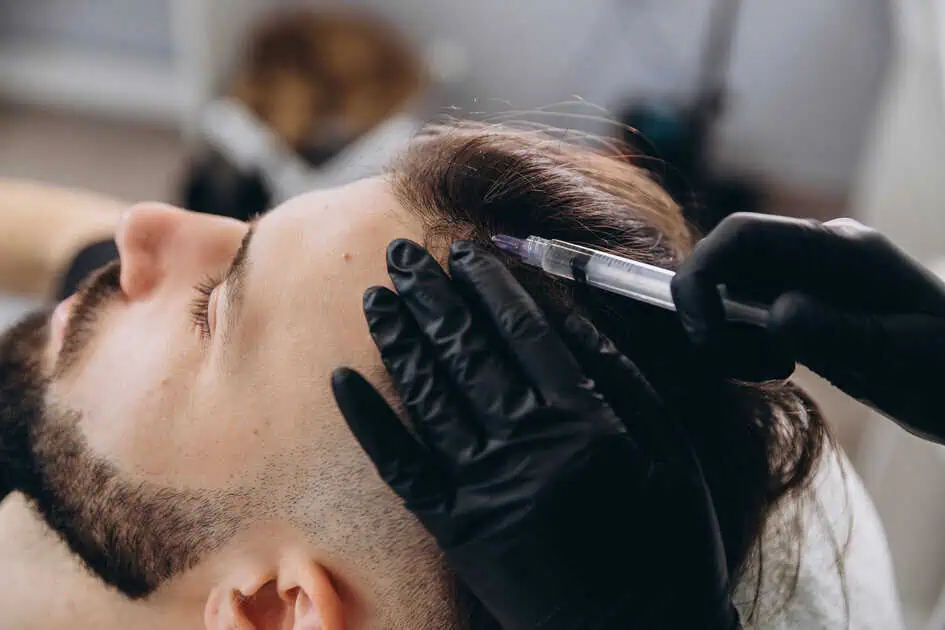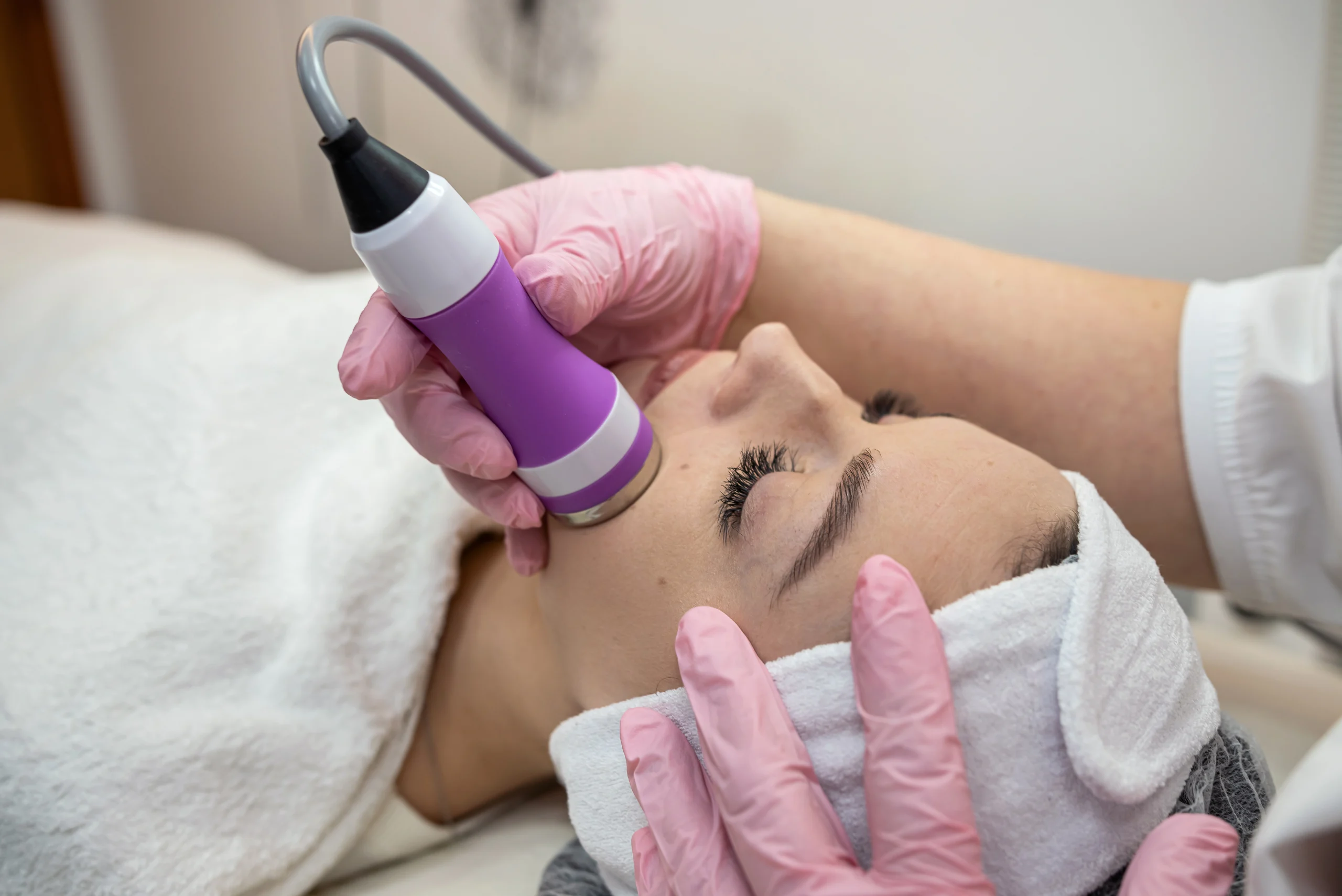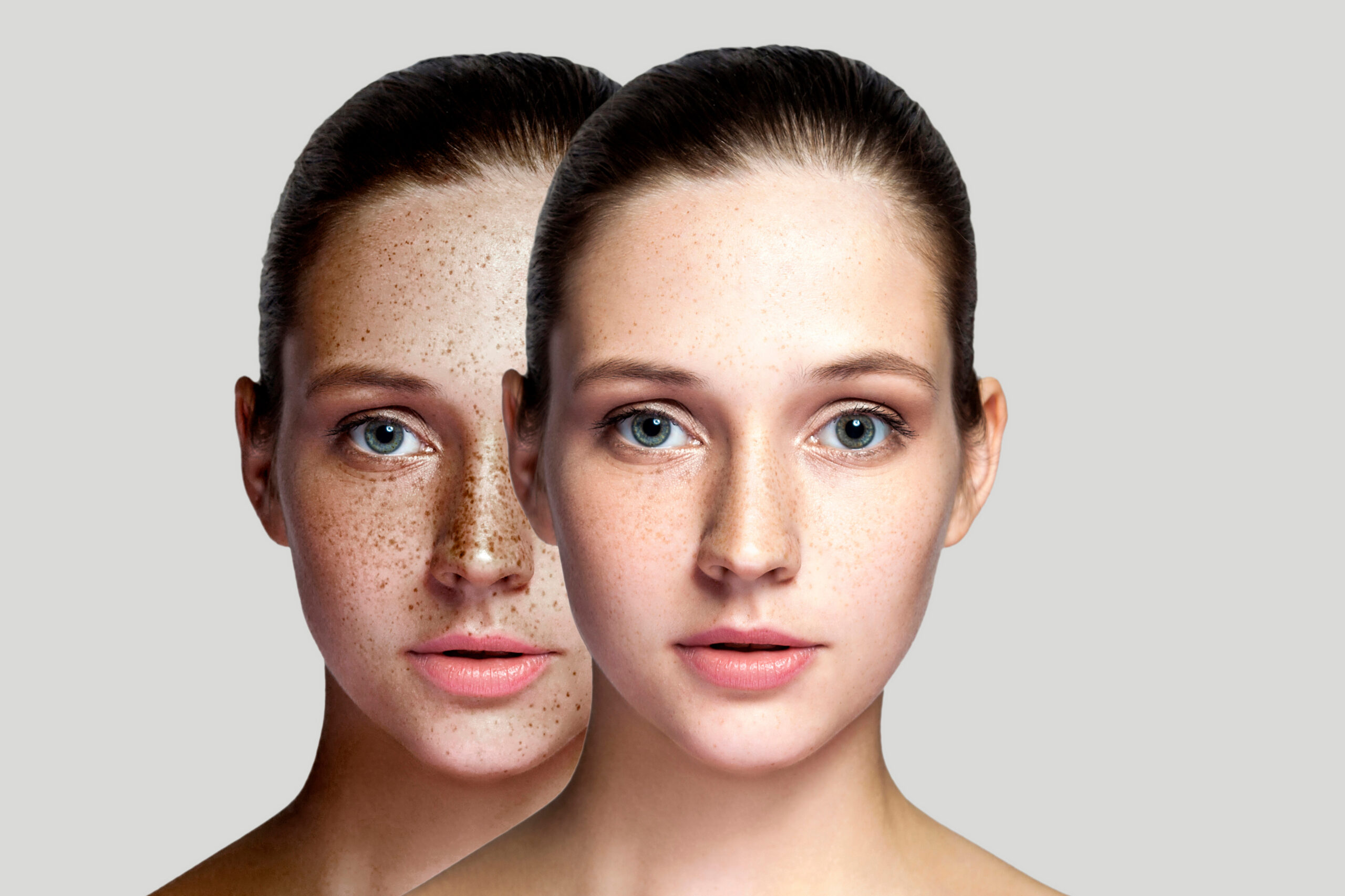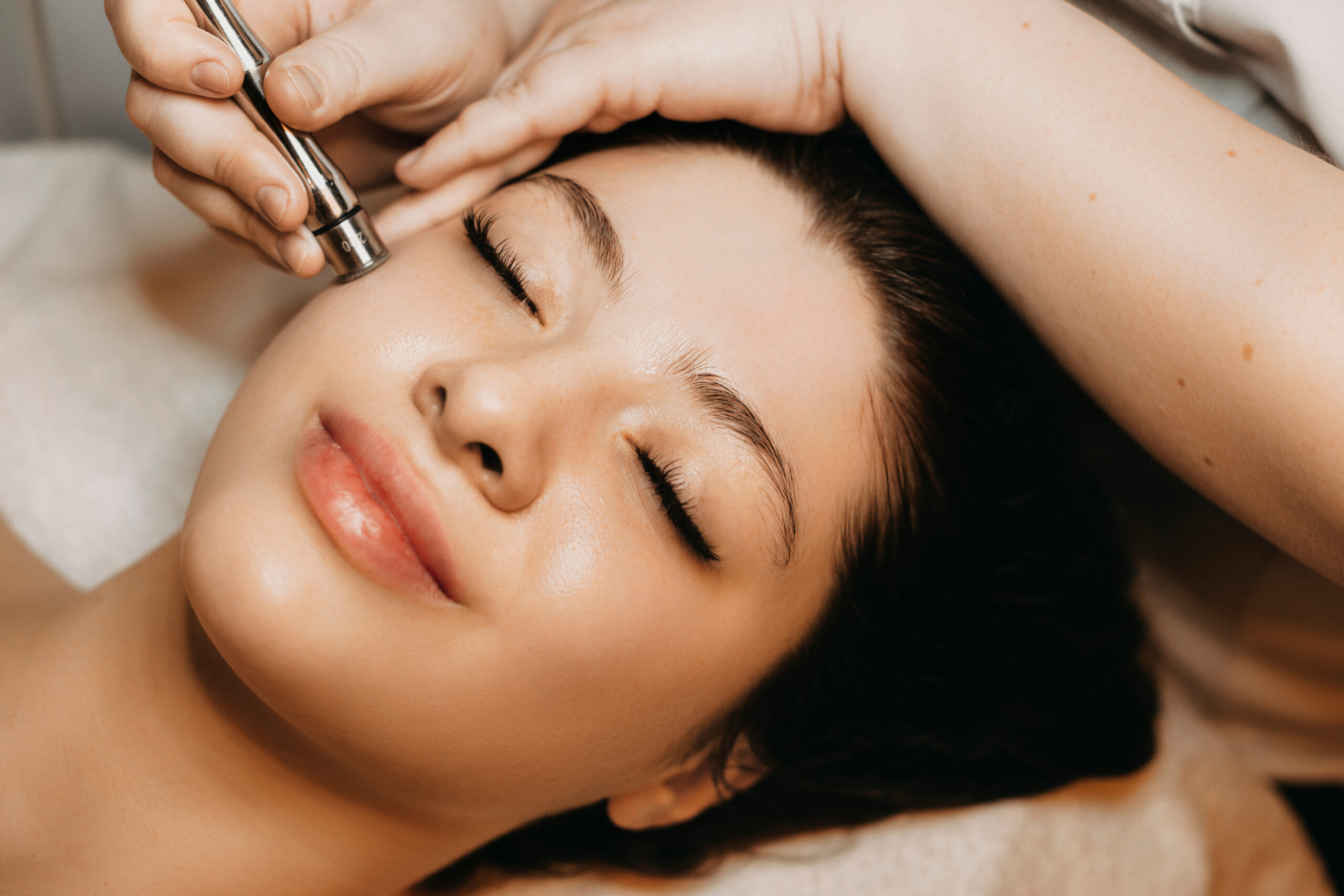Table of Contents
Hair loss affects millions of people worldwide, often impacting confidence and self-image. Various hair restoration options have become available with technological advances and a deeper understanding of hair growth cycles. These solutions offer hope to those struggling with hair thinning or loss, but the broad range of choices can make finding the proper hair restoration treatment challenging. Understanding the reasons for variations in hair loss treatment options is crucial for anyone considering these therapies. In this article, we’ll explore the different approaches, what causes the diversity in treatment, and how to select the option best suited to your needs. If you’re considering hair restoration, read more about what influences treatment options and outcomes.
What Causes Hair Loss?
Understanding the reasons for hair loss is crucial before exploring various treatment options. Hair loss can result from multiple factors, including genetics, hormone changes, diseases, lifestyle decisions, and environmental factors. Let’s take a closer look at each of these:
- Genetics: Family history often plays a significant role in hair loss, especially in pattern baldness cases, known as androgenetic alopecia.
- Hormonal Changes: Shifts in hormones during pregnancy, menopause, or even as a result of certain medications can lead to temporary or permanent hair loss.
- Medical Conditions: Health issues like thyroid disease, autoimmune disorders, and scalp infections can contribute to hair thinning or loss.
- Lifestyle Factors: Stress, nutrition, and overall lifestyle habits may exacerbate hair loss, with poor diet or high-stress levels weakening hair follicles.
- Environmental Influences: External factors, such as pollution and exposure to harsh chemicals, can impact hair health and longevity.
The specific cause of hair loss dramatically influences the type of hair restoration treatment that will be most effective.
Understanding the Different Types of Hair Restoration Treatments
Numerous hair loss treatment options are on the market, each targeting different causes and stages of hair loss. Here’s an overview of the most common categories:
Non-Surgical Hair Restoration Treatments
Non-surgical approaches to hair restoration are often the first line of defense, particularly for those with early signs of hair thinning. These treatments aim to stimulate natural hair growth without invasive procedures.
- Topical Treatments: Over-the-counter medications like minoxidil are administered to the scalp to stimulate hair follicles. For some people, this widely accessible medication may help decrease hair loss or encourage regrowth.
- Oral Medications: Prescription medications, like finasteride, target hormonal causes of hair loss and can be effective for certain types of hair loss, particularly male-pattern baldness.
- Platelet-Rich Plasma (PRP) Therapy: PRP therapy stimulates hair follicles by using a patient’s blood plasma rich in growth factors. Because of their short downtime and natural approach, PRP injections have gained popularity.
- Laser Therapy: Low-level laser therapy uses light energy to stimulate blood flow to hair follicles, encouraging growth. This non-invasive method can be used as a stand-alone treatment or alongside other therapies.
Each non-surgical method has different benefits and limitations, often influenced by individual hair loss patterns and health conditions.
Surgical Hair Restoration
Surgical procedures offer a more permanent solution for advanced hair loss cases or those unresponsive to non-surgical options. Hair follicles from one area of the body—typically the back or sides of the scalp—are transplanted to balding or thinning regions as part of surgical hair restoration.
- Follicular Unit Transplantation (FUT): A strip of healthy hair on the scalp is removed and separated into individual follicles for transplanting. While this method can be highly effective, it requires a recovery period and may leave a linear scar.
- Follicular Unit Extraction (FUE): FUE is a less invasive procedure that extracts individual hair follicles for transplantation. Compared to FUT, it usually leaves fewer scars and requires less recovery time.
Surgical hair restoration treatments often produce long-lasting results, but they are generally more intensive and require a consultation to determine suitability.
Hair Restoration with Lifestyle and Dietary Changes
While not replacing medical treatments, lifestyle adjustments, and dietary support can complement other hair loss treatment methods. Ensuring adequate nutrition, managing stress, and avoiding harsh hair care products can support healthier hair. Hair loss may be caused by nutritional deficiencies, particularly iron, zinc, and vitamins A and D.
These lifestyle modifications are frequently suggested as part of a comprehensive strategy for hair restoration, even if they might not be sufficient to reverse considerable hair loss alone.
Why There Are Variations in Hair Restoration Treatments
Several factors contribute to the differences in hair restoration treatments. Here are some key reasons behind these variations:
Individual Hair Loss Patterns
Hair loss patterns vary significantly between individuals, affecting both the type and extent of hair loss. Male-pattern baldness and female-pattern hair loss have distinct characteristics which require different treatment approaches. While pattern baldness may respond well to medications or transplants, diffused hair thinning might benefit more from treatments like PRP or laser therapy.
Underlying Health Conditions
Certain medical conditions, such as autoimmune disorders or hormone imbalances, can lead to unique hair loss patterns. Patients with these underlying issues often need customized treatment plans that address the root cause of hair loss and the hair follicles themselves.
Age and Hair Restoration Goals
The choice of treatment may also be influenced by age. Younger individuals might want to concentrate on preventative measures like medication or laser therapy to delay the onset of hair loss. Older individuals with more extensive hair loss may prefer surgical options for more immediate results. Whether for restoration or prevention, goals often help guide the most appropriate approach.
Cost and Accessibility
Cost can be a determining factor in choosing a hair restoration treatment. Surgical procedures, while often effective, come with higher upfront costs. Non-surgical options like topical treatments can be more budget-friendly and accessible but may require consistent, long-term use. Financial considerations and lifestyle can play a significant role in treatment selection.
Conclusion
Today’s diversity of hair restoration treatment options allows individuals to choose a path that best fits their lifestyle, budget, and hair restoration goals. From non-surgical treatments to surgical solutions, treatment choice depends on several factors, including the cause of hair loss, personal health, and desired outcomes. If you are exploring options for hair restoration, contact Sansage Medical Aesthetics for a consultation. Our team is dedicated to providing informed and compassionate guidance, helping you make the best choice for your unique needs. Start your journey toward fuller, healthier hair today. Reach out for a consultation for Hair Restoration!







